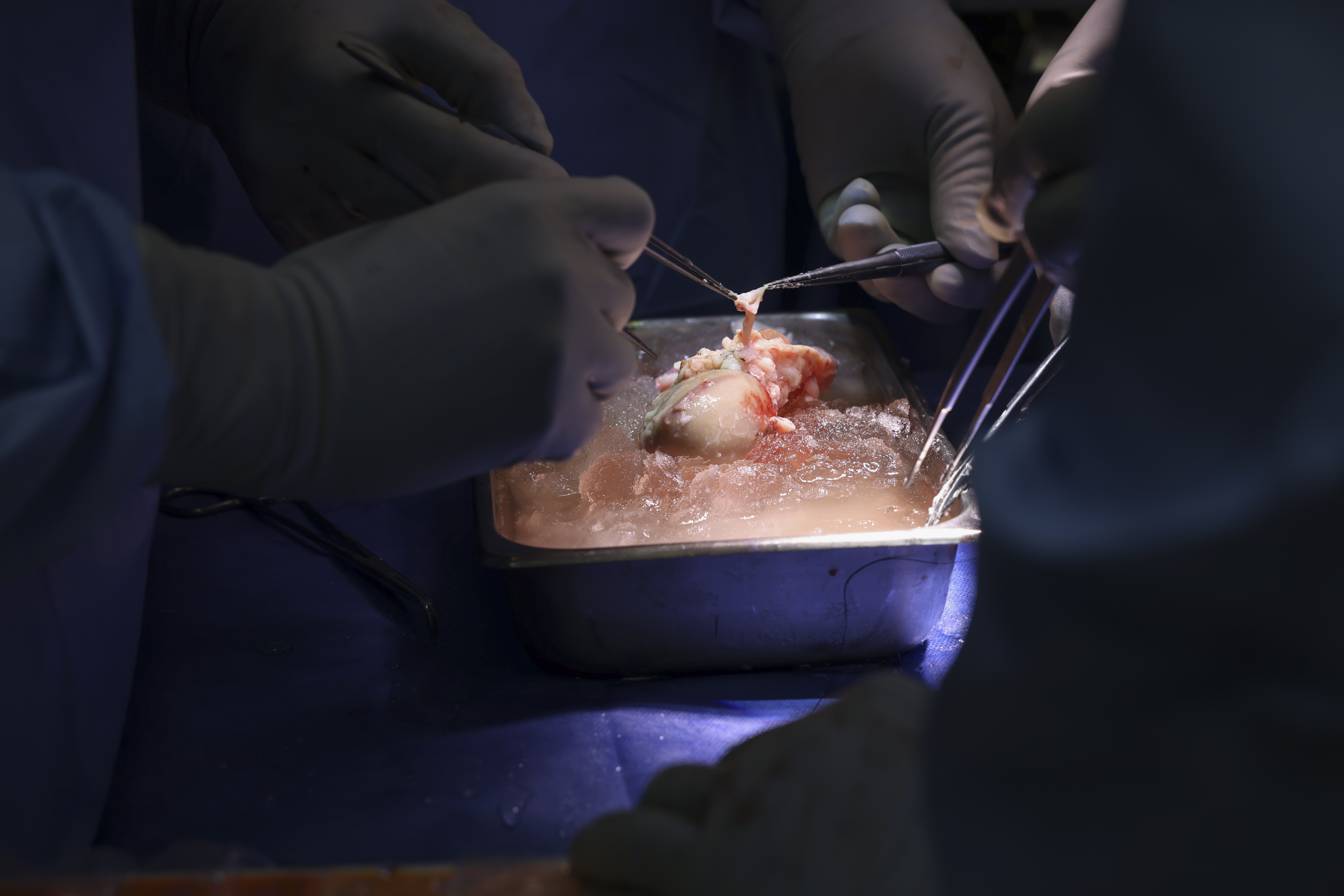In a world first, doctors at Massachusetts General Hospital (MGH) have successfully transplanted a genetically modified pig kidney into a living human recipient. The patient, 62-year-old Richard “Rick” Slayman, had been living with end-stage kidney disease, relying on dialysis to survive after a previously transplanted human kidney had begun to fail.
The medical team praised Slayman’s courage in the face of this experimental procedure. “The real hero today is the patient, Mr. Slayman, as the success of this pioneering surgery, once deemed unimaginable, would not have been possible without his courage and willingness to embark on a journey into uncharted medical territory,” said Dr Joren C. Madsen, director of the MGH Transplant Center, in a statement.
This journey towards xenotransplantation – the technical term for transplanting animal tissues into humans – has indeed been weird and winding. Bizarre experiments, such as those by the Russian scientist who inserted slices of chimp testicle into a “significant number” of men, laid the groundwork for where we are today.
Thanks to sophisticated gene editing technology, organs and tissues can now be altered to make them more acceptable to the human immune system, decreasing the chances of rejection. Proof-of-concept studies in primates demonstrated that animal-to-human transplants need not always be relegated to science fiction, and in recent years we’ve seen a number of successful xenotransplants into brain-dead human patients.
But the ultimate goal has always been performing a transplant on a living patient. Organ transplants might easily be considered a medical miracle, but there’s a huge problem with supply. Data from the United Network for Organ Sharing suggests that over 100,000 people are waiting for a transplant right now in the US alone, and sadly people die on the waiting list every day.
Slayman’s case is not an unusual one – kidneys are the most common organs needed for transplant. After living with type 2 diabetes and hypertension for many years, and eventually requiring dialysis due to kidney disease, Slayman had been fortunate to receive a kidney from a deceased donor in 2018. After some years, however, that kidney had begun to show signs of failure, leading the medical team to start considering other options.
“My nephrologist, Dr. Winfred Williams, MD and the Transplant Center team suggested a pig kidney transplant, carefully explaining the pros and cons of this procedure,” Slayman said. “I saw it not only as a way to help me, but a way to provide hope for the thousands of people who need a transplant to survive.”
The kidney itself was provided by Cambridge, Massachusetts-based company eGenesis, long-time collaborators with the scientists and physicians at MGH. They’ve developed a method that uses CRISPR-Cas9 gene editing technology to remove some of the pig genes and add certain human genes to make the kidneys as compatible as possible with the human body. They also inactivate endogenous retroviruses that are present in the donor pig, to remove the potential risk these viruses could pose to humans.

The pig kidney is prepared for transplant.
Image credit: Massachusetts General Hospital
We’ve come a long way since the first human transplant – which also happened to be a kidney – was performed at MGH’s sister institution, Brigham and Women’s Hospital, back in 1954. It’s long been hoped that animal organs could be the gamechanger when it comes to offering more people a lifesaving transplant or keeping them in better health for longer while they wait, and now it seems this vision has taken a big step closer to reality.
“The success of this transplant is the culmination of efforts by thousands of scientists and physicians over several decades. We are privileged to have played a significant role in this milestone,” said Dr Tatsuo Kawai, director of the Legorreta Center for Clinical Transplant Tolerance.
Dr Madsen concluded, “As the global medical community celebrates this monumental achievement, Mr. Slayman becomes a beacon of hope for countless individuals suffering from end-stage renal disease and opens a new frontier in organ transplantation.”
Source Link: A CRISPR-Edited Pig Kidney Has Been Transplanted Into A Living Person For The First Time